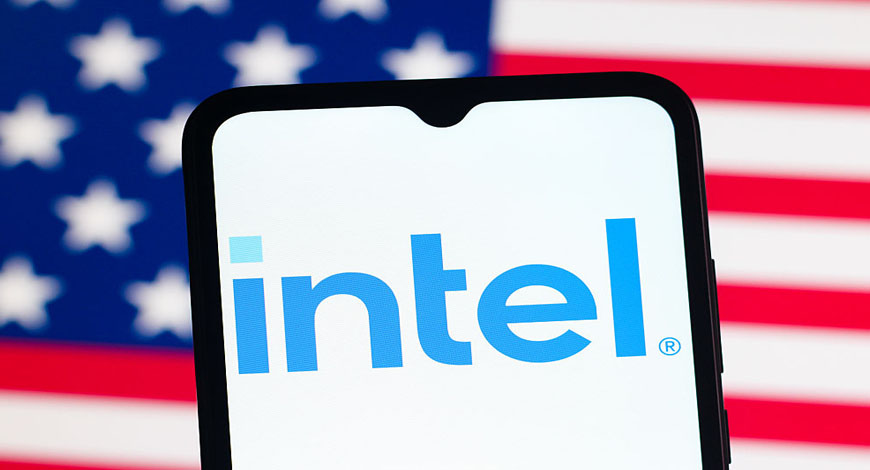YouTube has announced an expansion of its Hype program, which is designed to help boost emerging creators, while it’s also expanding access to its AI-generated video summaries, and launching new templates in its “YouTube Create” app.
Some interesting additions to consider.
First off, YouTube is expanding its Hype program to more regions, which will give more YouTube users the capacity to help promote eligible videos by allocating them Hype points.
As you can see in this example, where the program is active, YouTube viewers are given a weekly allocation of Hype points (you can Hype three videos per week), while they can also buy more if they like.
You can then give Hype points to videos that are less than a week old, from creators who have fewer than 500k subscribers.
Each video’s collective Hype points are then added to a leaderboard, to help showcase the best up-and-coming creators.
It’s an interesting concept to boost YPP participants. And now, users in more regions will be able to try it out.
As explained by YouTube:
“Last year, we created Hype to give fans a unique way to help their favorite emerging creators get noticed, because we know how hard it can be for smaller channels to break through. Today, we’re thrilled to announce that hype is now live in 39 countries – including the U.S., the U.K., Japan, Korea, Indonesia, and India – so fans worldwide can help creators grow.”
To be clear, from today, the Hype initiative is now expanding to 17 additional markets, bringing it up to that 39 region total. YouTube expanded access to the program in March (after launching it in November last year), then in April, and again in July. So it’s gradually bringing it to more markets, with this latest expansion being the most significant increase in access yet.
And again, it seems like an interesting experiment, with potential to help wannabe YouTubers gain traction with a wider audience.
YouTube says that Hype will be activated by default for eligible channels, while it’s also looking to add more Hype features this fall, including category leaderboards (as shown in the image above) and the ability for viewers to create posts to help spotlight the videos that they’ve Hyped.
On another front, YouTube’s also expanding its AI-generated video summaries to more users globally on select English-language videos.
YouTube’s been testing this since 2023, with brief overviews of video clips that are designed to help guide discovery and engagement.
So you may have seen them already, but now more videos will be getting these AI overviews, which could help to refine your viewing experience.
YouTube notes these summaries won’t replace or affect your ability to write your own video descriptions, but they’re designed to give YouTube more context to go on, in order to help users find what they’re after, while also refining YouTube’s own video understanding.
How? By enabling channel managers to correct any errors in these AI overviews.
“Like all features, feedback from both users and creators is crucial, so if you see an AI-generated summary on one of your videos or anywhere else on YouTube, check it out and let us know what you think.”
The more feedback YouTube gets to help correct these summaries, the more it can improve its entity recognition and content recognition systems, which will then enable it to build a broader corpus of video-sourced data to fuel its own language models.
Finally, YouTube’s also adding new video templates to its YouTube Create app, which will help creators get started on their video projects.
The new templates will include easy-to-follow guides, and add-on features, like royalty-free music to match your project.
“Templates give creators full flexibility and customization within the YouTube Create app, so they can add their own unique spin on videos. In YouTube Create on Android devices, you can find templates on the homepage, or on the templates tab at the bottom menu.”
It’s another way to simplify the creation process, and get more people uploading more content to YouTube. And the better-looking such content is, the more engaging it will be, and the more likely that it will help creators build their audience.
YouTube says that it’s looking to gradually roll out its templates to all YouTube Create users, which is currently available on Android “in a handful of markets.”
Some handy additions, which could help in your YouTube creation and promotion efforts. Yahoo









